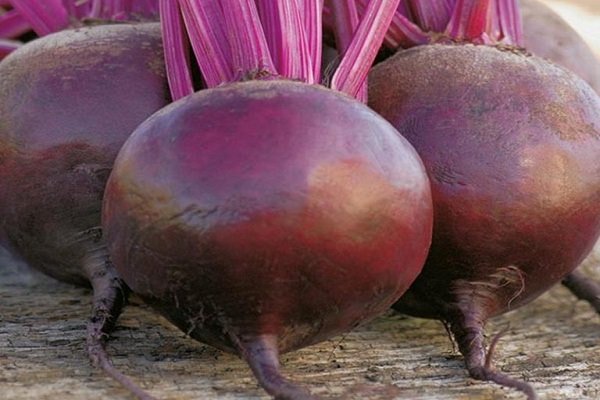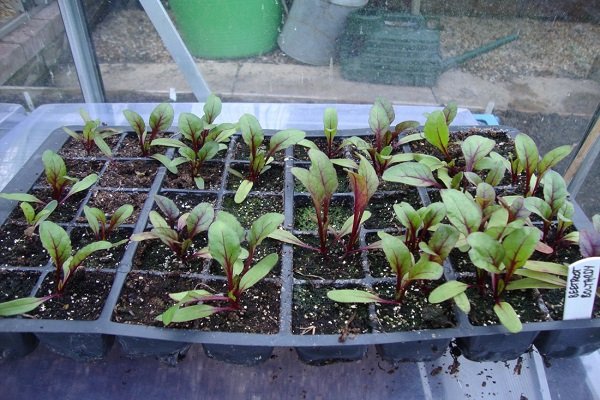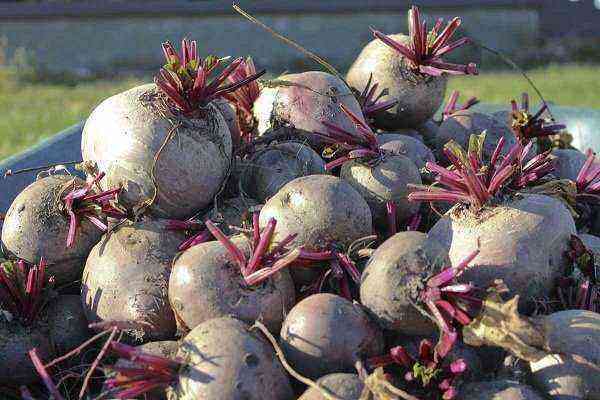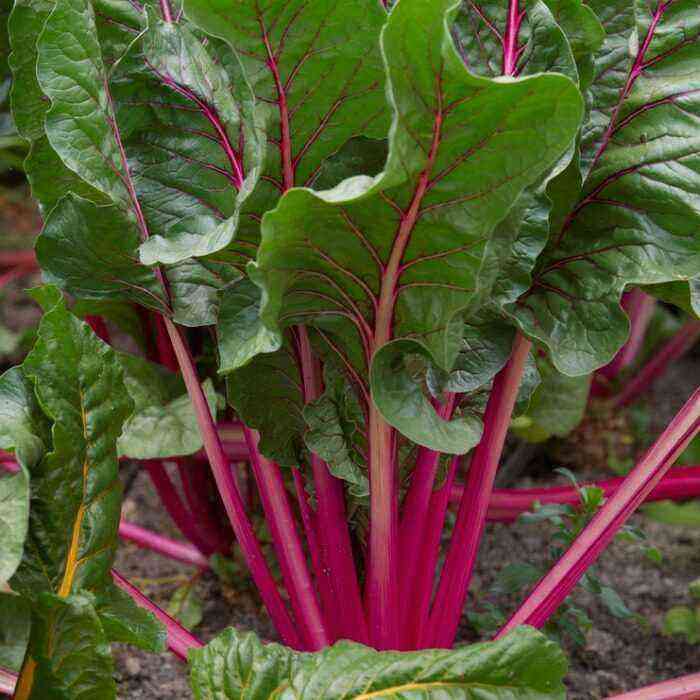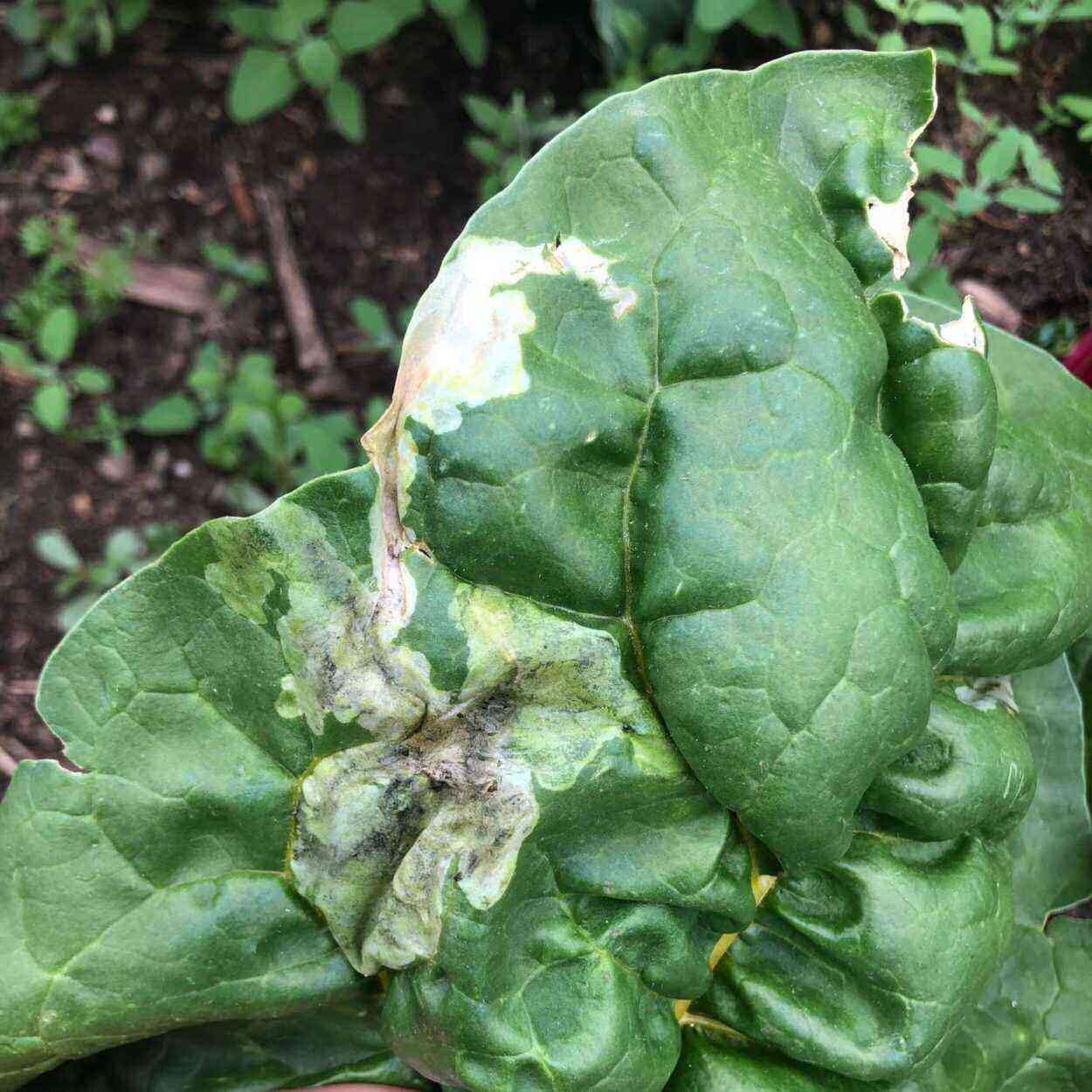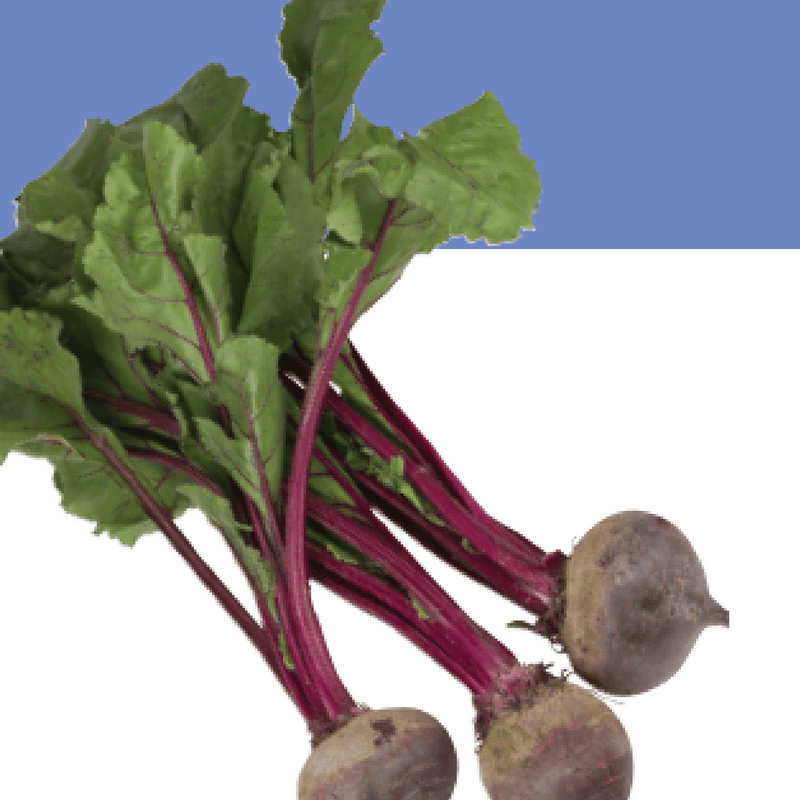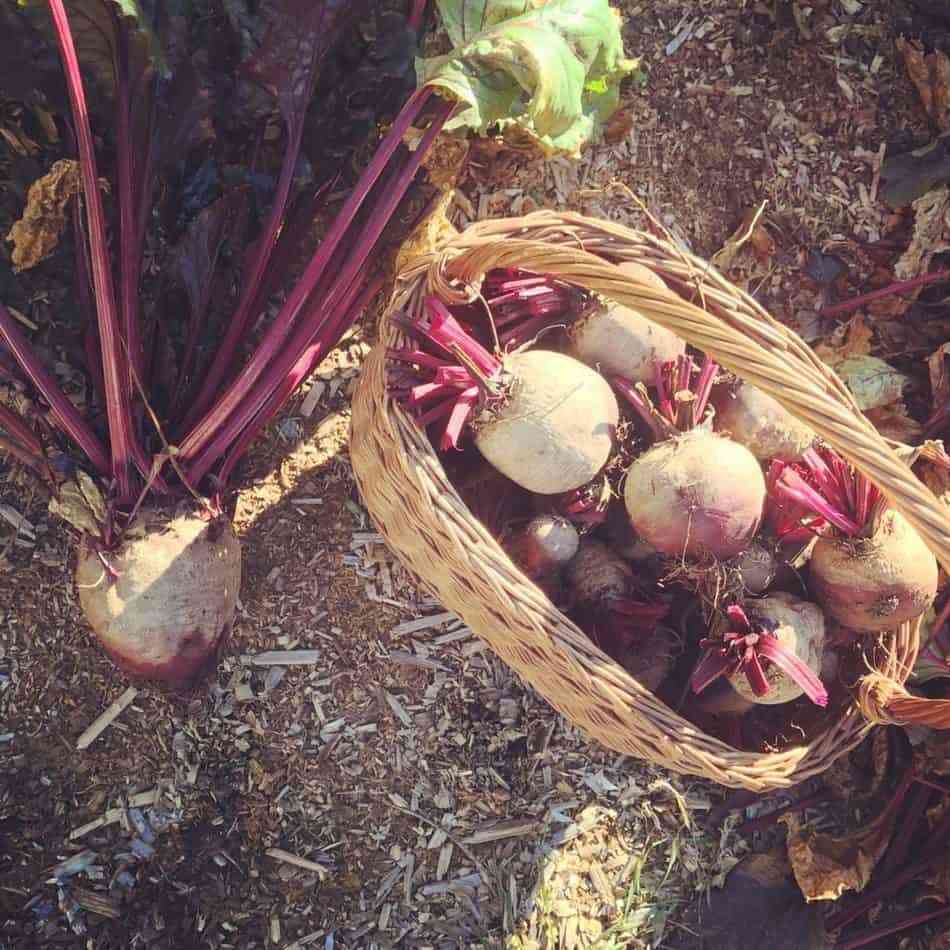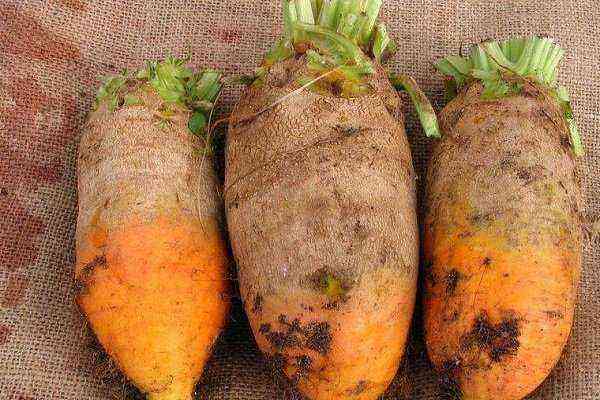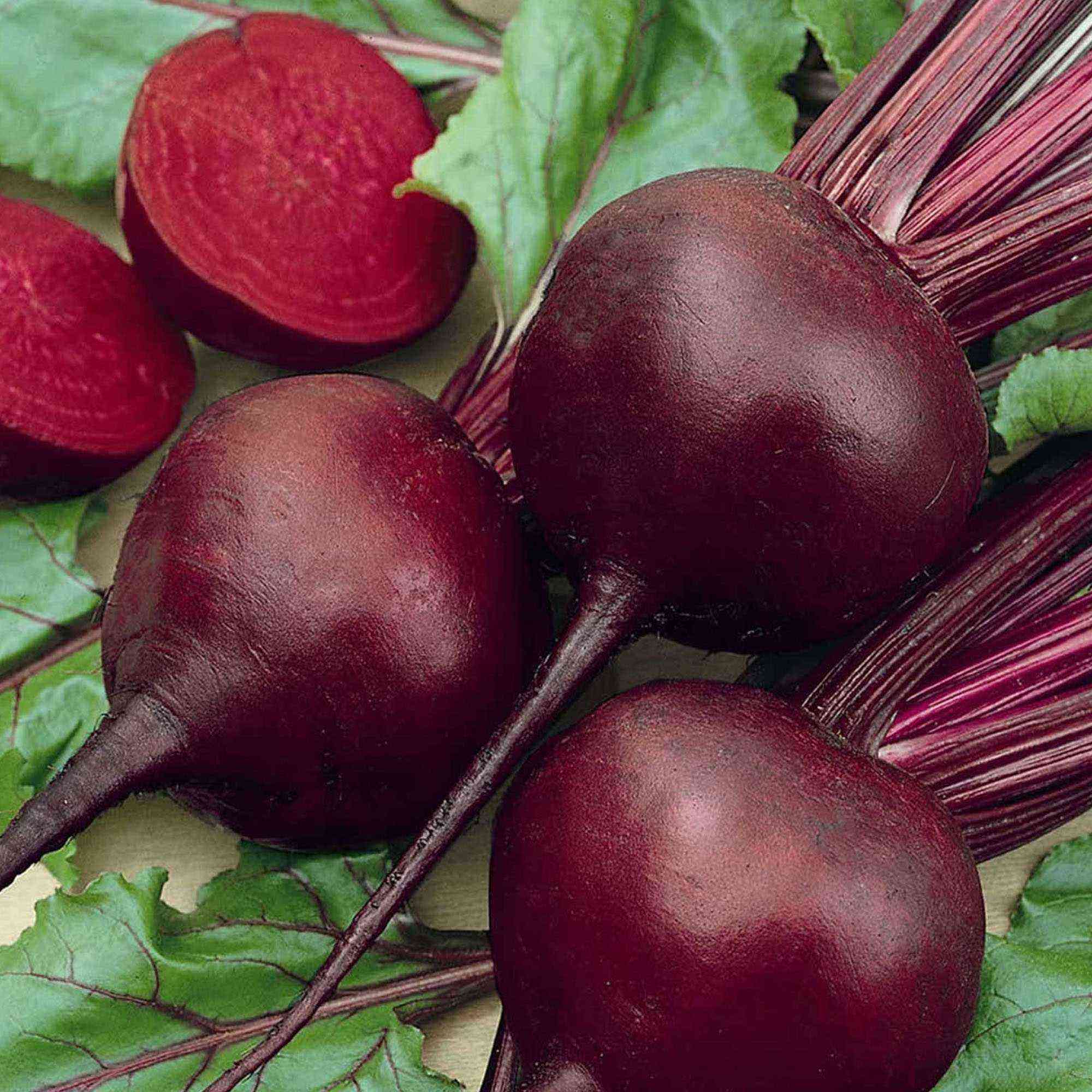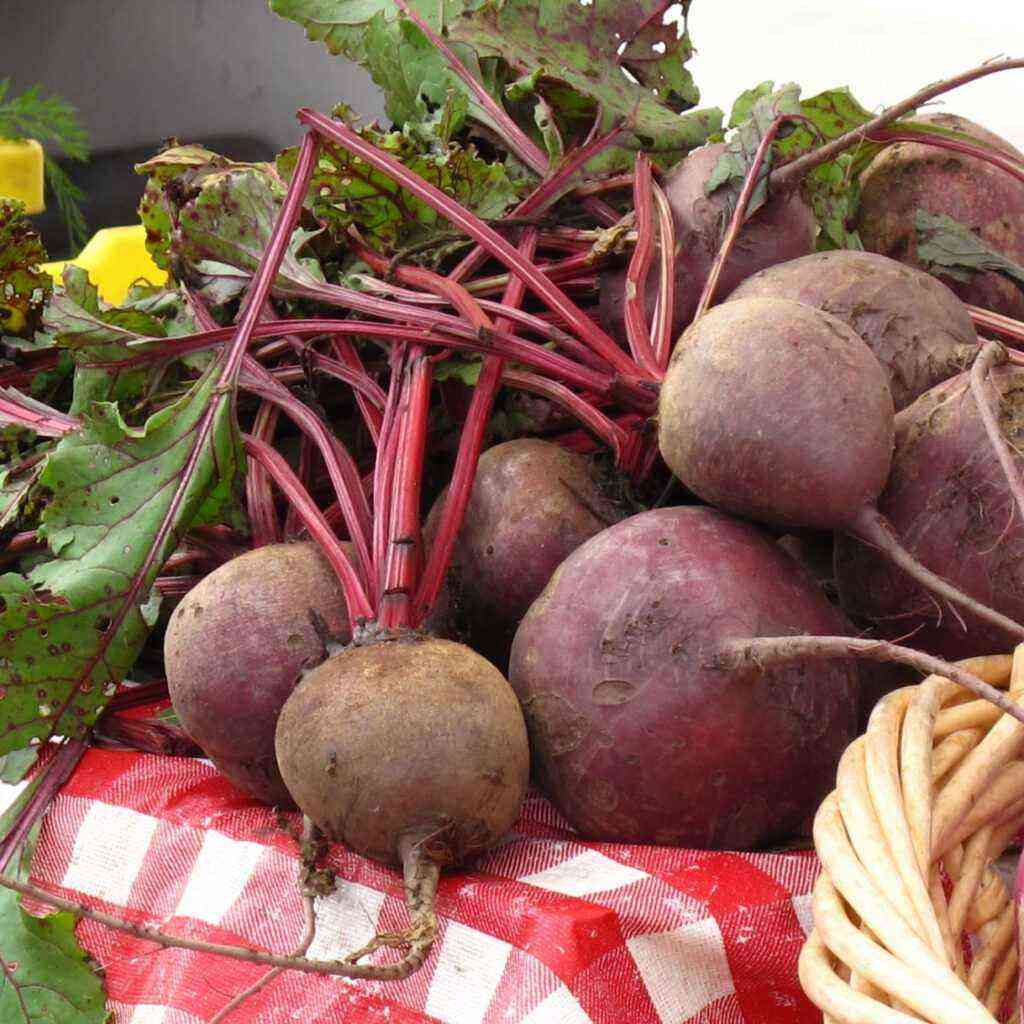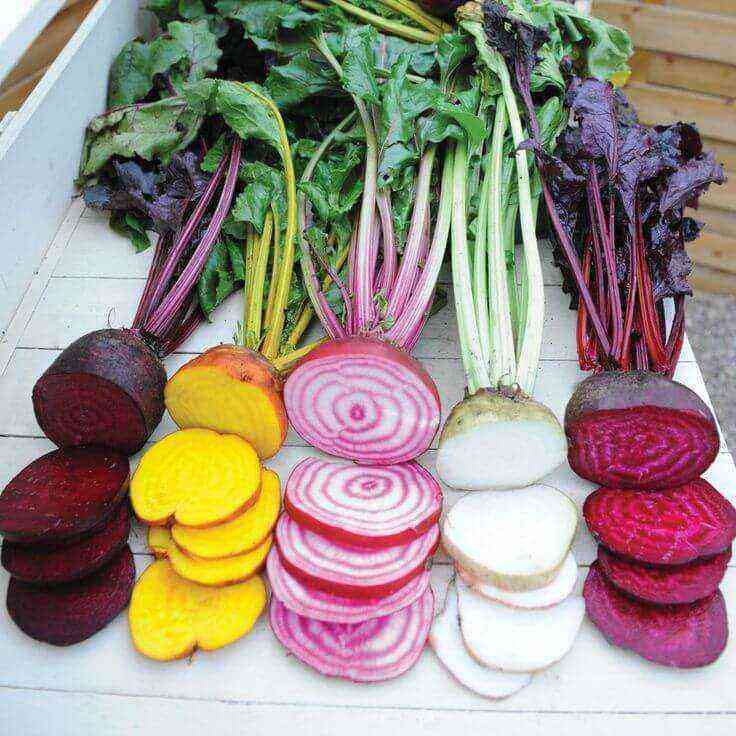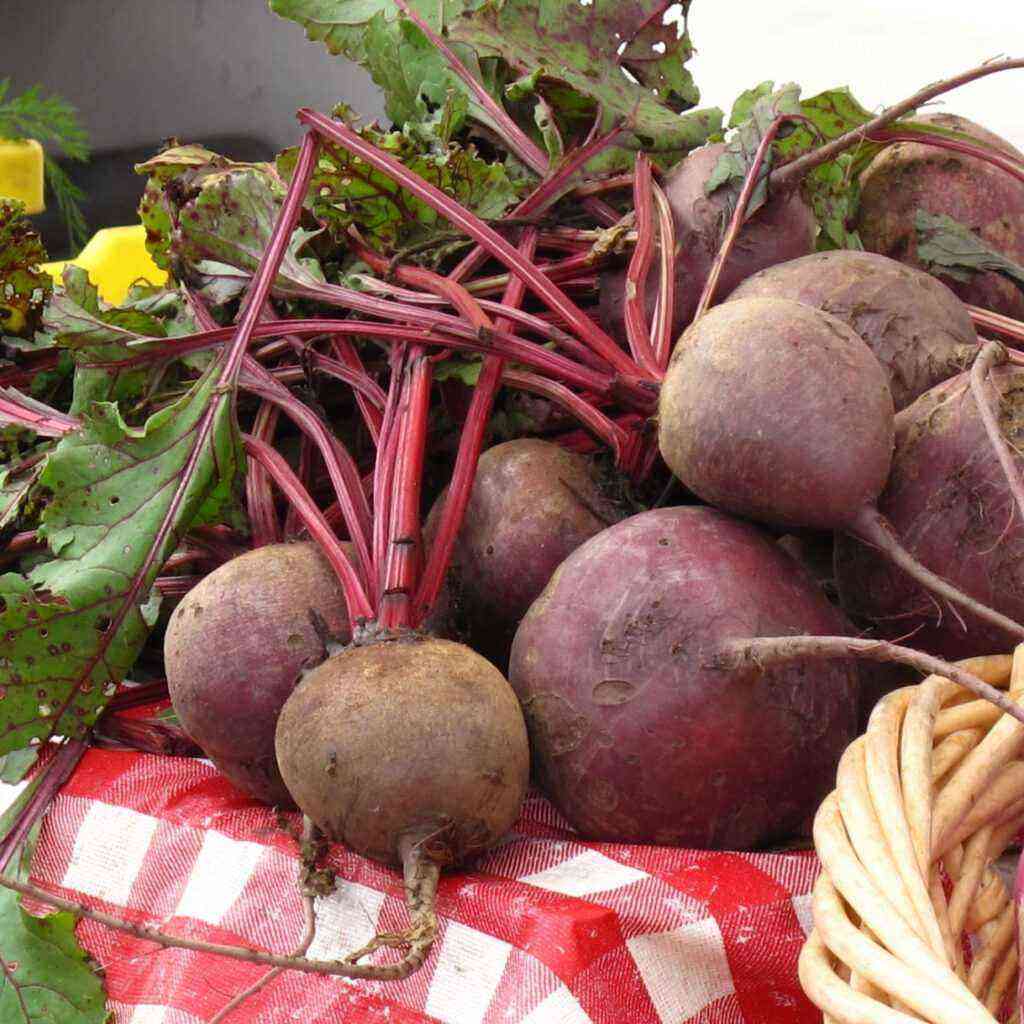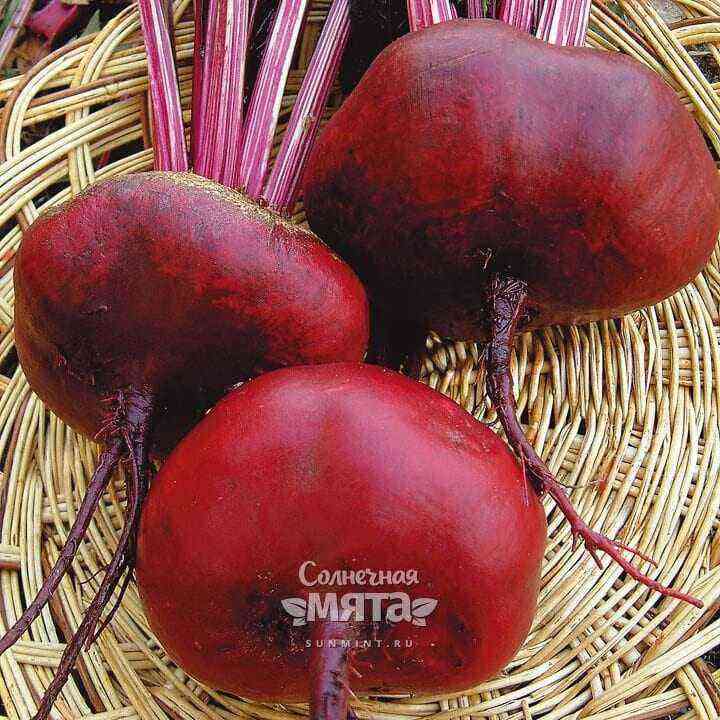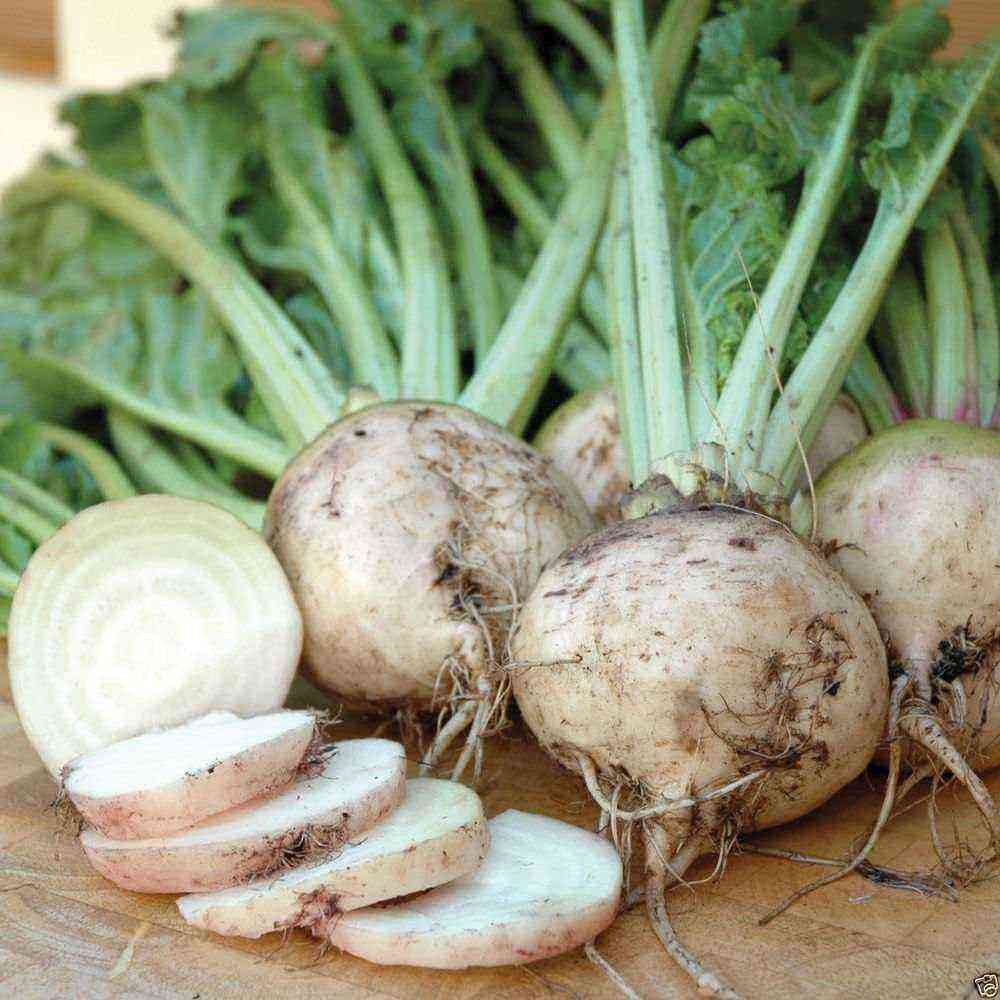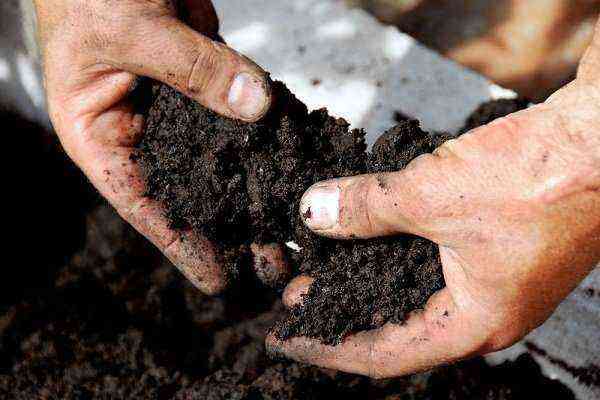Thanks to the creation of new cold-resistant varieties, today in Siberia you can easily grow early beets. It is only important to observe the weather conditions, properly grow and plant seedlings. More on this later.
Features of choosing a variety for cultivation in Siberia
Conditions in Siberia cannot be called favorable for vegetable growing, but it is quite easy to grow beets here. The main thing is to choose the right variety.
Characteristics of beet varieties for growing in Siberia:
- Early or medium ripening. The growing season is about 100 days.
- Resistant to temperature changes.
- Cold hardiness and hardiness.
- No tendency to bloom.
The optimal choice is varieties zoned in Siberia. They are ideally adapted to the harsh Siberian climate. These varieties were bred by domestic breeders, who in their work focused on survival and adaptation in the most unfavorable conditions.
The best varieties for Siberia
Not all beet varieties are able to produce high-quality root crops in a harsh climate. Due to the late spring and short summer, beets of ordinary varieties do not have time to ripen.
In the conditions of Siberia, it is necessary to plant varieties and hybrids intended specifically for this region:
- Siberian Flat. This is the earliest variety. Its root crops are flat, weighing 200-300 g. Resistant to cercosporosis, not prone to flowering. From 1 sq. m collect from 3 to 7 kg. The taste is excellent.
- Bordeaux 237. Medium early variety. Root crops are rounded, sweetish. Harvest even under adverse conditions, lying. Productivity – 7-9 kg per 1 square. m.
- Incomparable. Medium early variety. Root crops are oval, weighing 140-400 g. Resistant to cercosporosis. Productivity – 3-7 kg per 1 square. m. It has a high keeping quality.
- One-sprout. Late-ripening variety of spherical shape. The weight of root crops is 300-600 g. The variety is soft and tasty. From 1 sq. m harvest 4 kg of beets.
Along with spring sowing, beets are sown in autumn. This method is especially popular in southern regions with warm winters. However, in Siberia, beets are also sown before winter; for this purpose, there are special frost-resistant varieties.
Varieties of beets for winter sowing:
- Cold resistant 19. Medium early variety. Root crops grow up to 250 g in weight. The shape is round. Suitable for both winter and spring planting. Productivity – 3,3-4,2 kg per 1 square. m.
- Podzimnaya A-474. Medium early variety. From 1 sq. m collect 7 kg or more. Podzimney A-474 root crops are rounded, weighing 200-400 g. It is distinguished by high cold resistance and disease resistance.
Pre-sowing work
To get a good beet harvest, it is important not only to take good care of it, but also to properly prepare for planting. Pre-sowing preparation is reduced to the processing of seeds and soil.
Seed preparation
Beets are among the crops whose seeds can be safely planted without special treatment. But many gardeners prefer to soak the seed to speed up germination.
Purchased seeds that have undergone special treatment cannot be soaked in water and disinfecting solutions – their protective shell will be broken.
Seeds that are not coated and collected on their own, it is recommended to pickle in a slightly pink solution of potassium permanganate. Etching time – 12 hours.
Options for preparing seeds for sowing:
- Quick soak. Soak the seeds for 8 hours in water. The water temperature during immersion is from +30 to +35°C. After 4 hours of soaking, the water must be changed. Planting material before immersion can be folded into a cloth bag.
- Germination. This procedure will take several days. Procedure:
- Fold the seeds in a cloth or sprinkle with moistened sawdust.
- Place a cloth with seeds in a saucer, and if you use sawdust, cover them with film or glass.
- Place the seeds to be germinated in a warm place (+20…+22°C).
- Check seeds daily. Don’t let it dry out, dampen the cloth/sawdust as needed.
- When the seeds germinate, and this usually happens after 2-3 days, immediately plant them in the ground.
Choosing a landing place
When choosing a site for planting beets, they evaluate, first of all, its illumination, predecessors and moisture content.
Site requirements:
- Illumination. Beetroot loves the sun, so shade should be avoided.
- Predecessors. Beets grow well after nightshade crops, cucumbers, cabbage. You can not plant beets after radish, swede, celery.
- Neighbors. The culture coexists well with onions, cabbage, dill, lettuce.
- The soil. Fertile and loose soils with neutral acidity are welcome.
- Moisturizing. Areas that are swampy and waterlogged are not suitable. With a high level of groundwater, a crop can be planted, but only on high beds.
Soil preparation
Soil preparation is best done in the fall, so that the applied fertilizers have time to soak into the soil. If this opportunity is missed, the site is prepared in the spring, but no later than 3-4 weeks before planting beets.
Soil preparation procedure:
- Dig the area to a depth of 30 cm. Add a bucket of compost / humus and 1 tbsp for digging. l. superphosphate per square meter of area. Fertilizers are especially important to apply on depleted or sandy soils.
- Loosen clay and heavy soils with peat or sand, adding 1/2 bucket of both per 1 sq. m.
- Deacidify acidic soils. For this purpose, it is best to use wood ash – add 200 g per 1 sq. m, in clay soils – 300 g each.
- After digging and fertilizing, immediately level and loosen the area.
- Even if in the fall you have done all the preparatory work, in the spring you still dig up the bed and level the soil with a rake.
In the absence of autumn preparation, add in the spring, instead of superphosphate, nitroammophoska – 1 tbsp. l. per 1 sq. m.
Sowing in open ground
Sowing seeds in open ground is the easiest and most popular way to grow. The main thing in this event is to guess the timing of sowing and observe the intervals between seeds.
Deadlines
In the spring, early beets are planted around mid-May. It is by this time that the soil in Siberia warms up to +5…+6°C. Moreover, the soil should warm up not only on the surface, but also at a depth of 10 cm.
Mid-season and late beets are planted later, when the soil warms up to + 8 … + 10 ° C.
Winter sowing is carried out in October-November, focusing on air temperature – it should drop to +2 … + 4 ° С.
Spring sowing beets
If you are not sure that the weather will be favorable for sowing in 2-3 days, do without soaking the seeds. Then you can easily reschedule the event to a later date.
Sowing order:
- Draw grooves 3-4 cm deep on the prepared beds. Observe the interval between rows – 30 cm.
- Water the rows generously and wait for the water to soak in.
- Spread the seeds in rows at a distance of 4-5 cm from each other.
- Fill the grooves with soil and compact with a plank.
- Re-water the area. But do it carefully so as not to wash out the soil. Use a rain nozzle for watering.
If the forecast promises a cold snap, cover the crops with a film or other covering material. But remove it as soon as shoots appear. And if they have already appeared, then pull the film over the arcs so that it does not come into contact with the plants.
Planting beets before winter
Siberia has a hot summer, and in October it can snow. But his presence should not confuse gardeners. It is enough to clear the powdered beds of snow, and you can sow beets.
Features and procedure for winter sowing:
- Sow only dry seeds.
- The soil must be dry. The crops do not need to be watered.
- Spread the seeds at 10 cm intervals.
- Fill the grooves with seeds with soil and mulch with peat or sawdust. The thickness of the mulch layer is 2-3 cm.
- Cover the crops with fallen leaves or needles. The thickness of the protective layer is 10-20 cm. Put branches on top and cover with snow.
Seedling method
The seedling method allows you to get an earlier harvest. Beets planted with seedlings are ready for harvesting 20-25 days earlier than when sowing seeds in open ground.
Seeding dates for seedlings
Seeds for seedlings are sown about 30 days before planting. Sowing is done in the month of April, and seedlings are planted in the ground no earlier than the third decade of May. Seedlings are planted in open ground, waiting for consistently warm weather. The soil should warm up to +10°C.
Seed sowing
Every gardener can grow beet seedlings at home. To do this, you will need containers for seedlings, soil or a purchased substrate, as well as seed material.
How to sow beet seeds for seedlings:
- Fill pots or containers with a substrate or soil mixture of earth, peat and humus (1:2:1).
- Water the soil with a disinfectant, for example, Fitosporin-M.
- Compact the soil and spray it with a spray bottle.
- Plant the seeds in rows with an interval of 2-3 cm if planting is done in containers, or one seed per glass if the container is individual. In the first case, you will have to dive seedlings – plant them at the stage of cotyledon leaves in more spacious containers.
- Cover the seeds with soil on top, a layer of about 1 cm.
- Spray the soil again with a spray bottle.
- Cover the crops with a transparent film or glass, and place in a warm place.
Care of seedlings
As soon as shoots appear, and this happens a few days after sowing, the transparent shelter is removed. Containers with seedlings are placed closer to the light, preferably on the south windows.
Seedling care:
- Watering. Seedlings are watered as the soil dries out. Watering should be moderate – beet seedlings do not tolerate waterlogging. Seedlings are watered regularly, but in small portions. Water is poured out of the tray.
- Thinning. Each seed gives up to five sprouts, so the plantings are thickened. With the help of scissors, weakened and defective sprouts are removed. Neighboring plants should not touch each other with cotyledon leaves.
- Pick. At the stage of cotyledon leaves, seedlings can be planted in larger containers. Plants are transplanted into soil with the same composition that was in the original container.
- Top dressing. If the seedlings are planted in the substrate, then they do not need top dressing. Homemade soil mixture can be fertilized with mineral complex fertilizers, in which nitrogen predominates.
- Temperature. Beet seedlings do not like high temperatures, when shoots appear, the temperature is lowered from + 18 … + 20 ° С to + 16 ° С.
- Lighting. Seedlings need 12 hours of daylight. If necessary, turn on artificial lighting. Phytolamps are placed at a distance of 30-50 cm from seedlings. With a lack of light, the plants will weaken and stretch.
- Hardening. 7-10 days before planting, seedlings are taken out into the street. Walking time is gradually increased, bringing up to several hours.
Planting plants in open ground
Seedlings are planted in open ground when 4-6 true leaves appear. The readiness of seedlings is not the only condition for planting – favorable weather conditions must develop.
Beets tolerate transplanting well, but it is important to be careful when transferring seedlings from separate containers to a permanent place.
The order of transplanting seedlings:
- Loosen the bed and level it with a rake.
- Make rows in the garden with an interval of 20-30 cm from one another. Or make separate holes for each seedling. In any case, the distance between adjacent plants should be 6-10 cm, depending on the variety. For 1 sq. m should fit from 40 to 50 seedlings.
- Pour warm water over the depressions, and when the water is absorbed, move the seedlings into them. Transplant seedlings with soil clods. When planting, the roots can be pinched, then the seedlings will take root faster, and the root crops will be larger.
- Cover the roots with soil and lightly compact it.
- Water the planted plants. Use warm settled water.
- Mulch the soil with peat, humus, sawdust. Mulch will retain moisture in the soil and discourage weed growth.
Some gardeners prune all leaves except the central ones from the seedlings being planted. This procedure relieves the roots, which are very weak after planting, from the load.
Features of growing and caring for beets
Beetroot is not the most demanding vegetable in the garden, so caring for it is not difficult.
How to care for beets:
- Watering. If the beets are seedlings planted outdoors, water the beets daily until they are established. Reduce watering after rooting. Watering should be rare, but plentiful. Waterlogging can cause scab, rot and yield loss during storage.
- Loosening. Loosen and weed the soil between rows regularly. Do this carefully so as not to damage the delicate roots of the beets.
- Feeding. It is best to feed plantings with mullein infusion – dilute it with water 1: 6. Apply mineral fertilizers at the beginning of the growing season. When the root crops reach a diameter of 2 cm, they will begin to accumulate nitrates, so only potassium and phosphorus should be in the fertilizer composition at this stage.
To make the beets sweet, feed them with saline a month before harvesting (for 10 liters – 1 tablespoon of table salt).
When growing beets in Siberia, the main thing is the use of cold-resistant, zoned varieties. In all other respects, beet farming in Siberian conditions does not stand out in any way. By watering and feeding it in time, you can get a good harvest of tasty beets.





